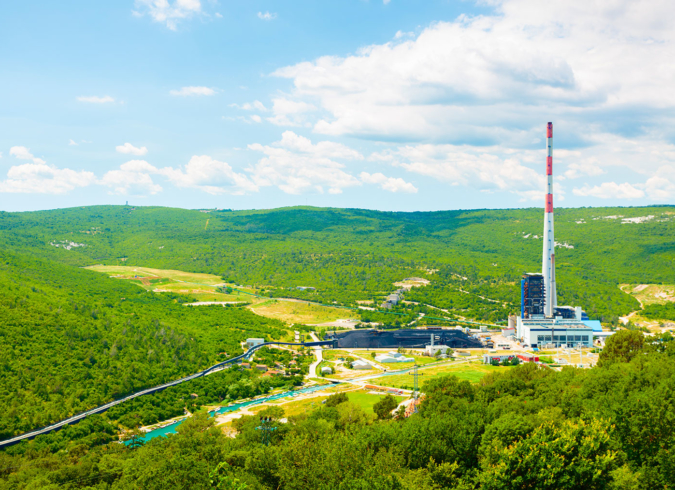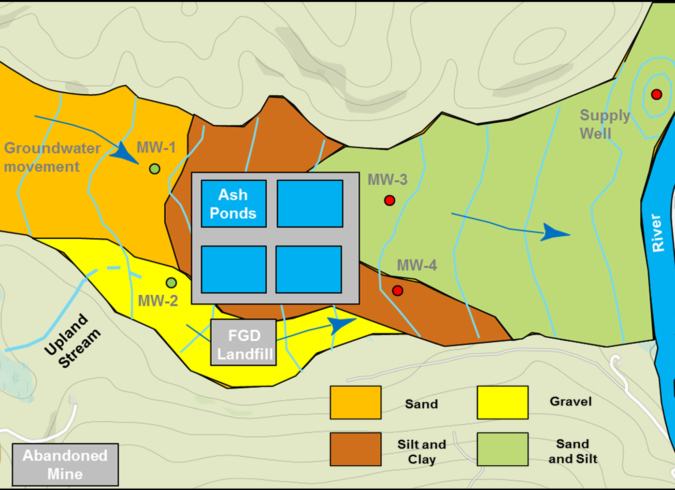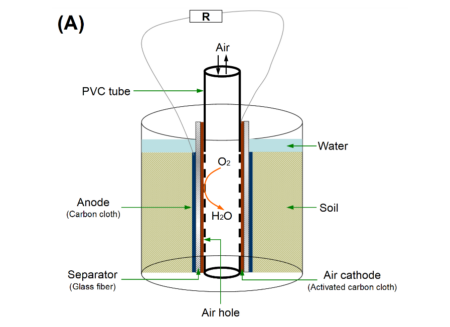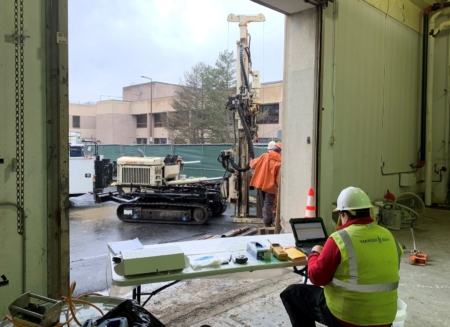This 1.8-gigawatt coal power plant operates in an area with past and current coal mining operations. When regulated metals were detected in the subsurface, it was not clear whether the source was natural bedrock, coal mining activity, or the operations of the power plant, especially the handling and disposal of coal ash. Sanborn Head was engaged to help determine probable sources and potential corrective measures.
Key Components:
- Groundwater Modeling
- Environmental & Hydrogeologic Site Characterization
- Permitting & Compliance
- Remedy Performance Evaluation
- Feasibility Study
In addition to the multiple potential sources of regulated metals, the complex bedrock geology of the area made the understanding of subsurface groundwater flow and chemistry very challenging. Rather than pursue a traditional site investigation, our team developed an innovative technical assessment to better model groundwater dynamics.
To address the unique challenges of this project, Sanborn Head applied a tiered approach to distinguish background groundwater from groundwater influenced by site activities, including mining and disposal of coal ash. Using this technique, we developed a strong conceptual site model, which provides understanding and confidence for regulatory review. The model allowed us to define the potential risk to downgradient water users and potentially reduce the scope of further site investigation and remediation costs.
As part of the project, we have also completed a feasibility study assessment of potential corrective measures under the Coal Combustion Residuals (CCR) Rule. Remedial alternatives included a pump and treat system, injected grout barrier wall, and closure in place by capping combined with monitored natural attenuation.
Recently, Sanborn Head has been assisting with groundwater compliance reporting required by the state.





